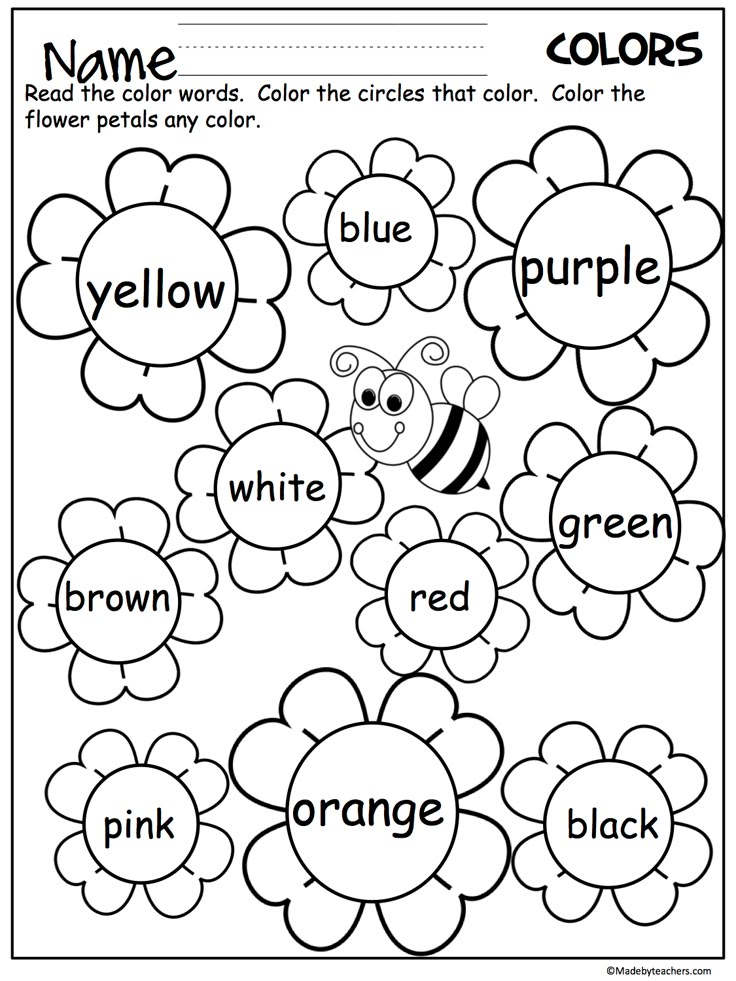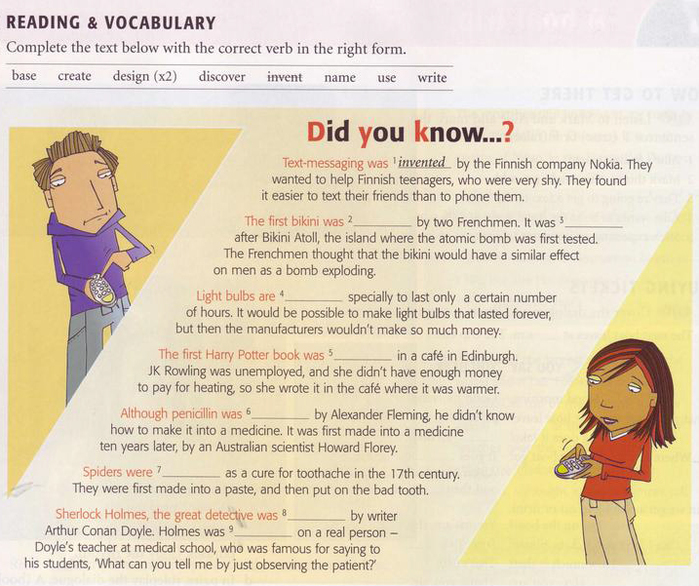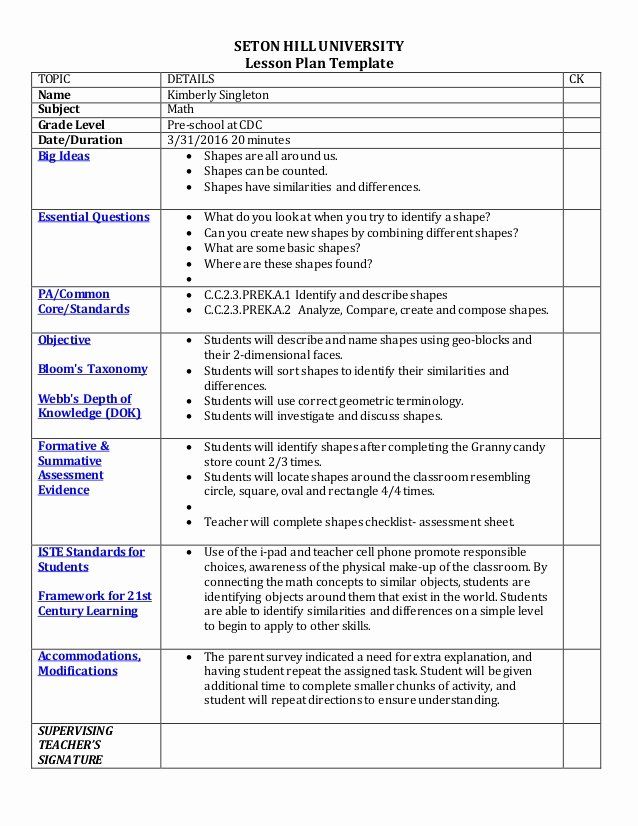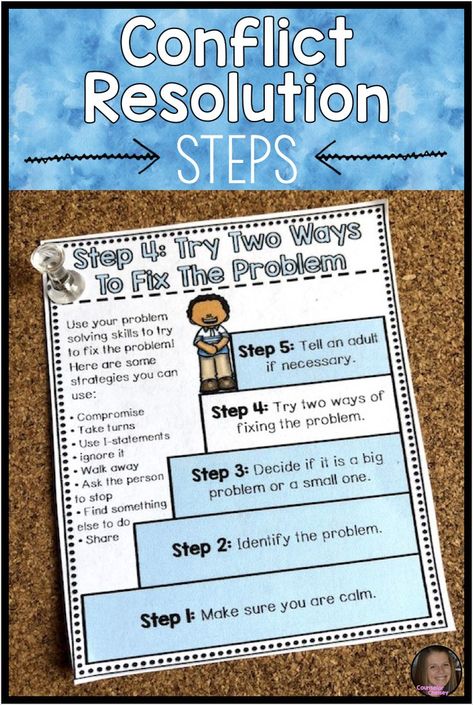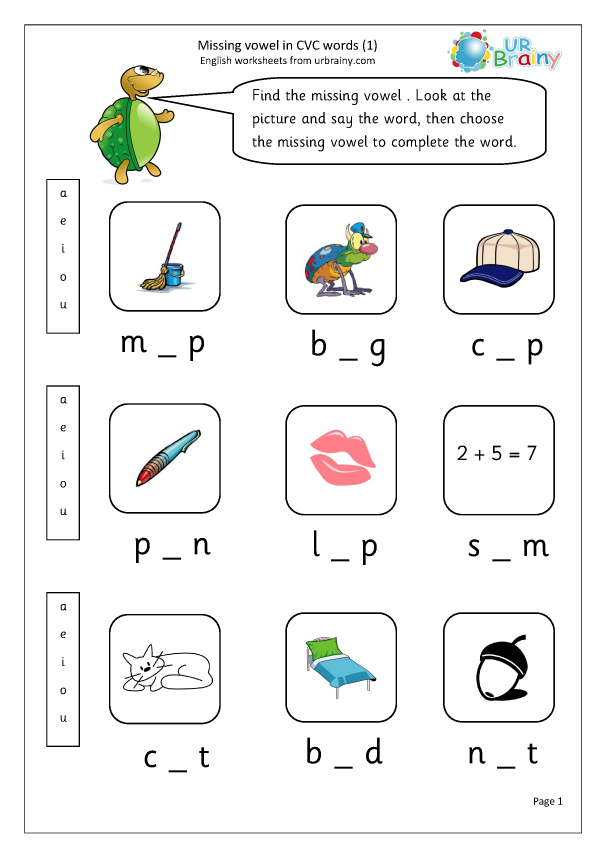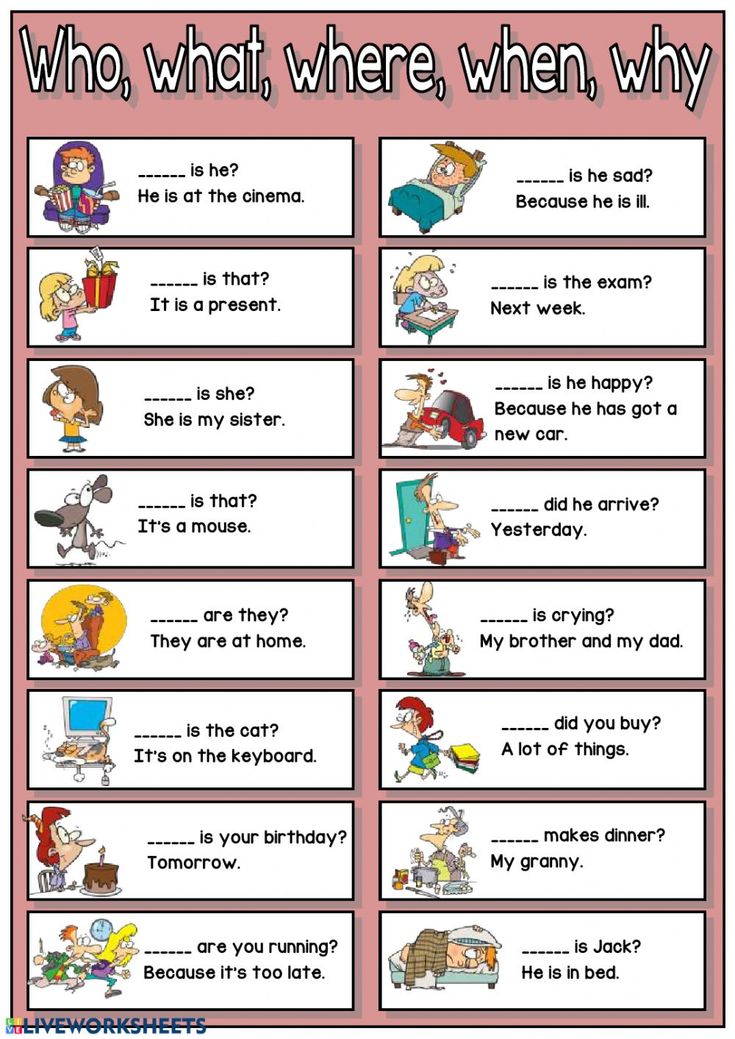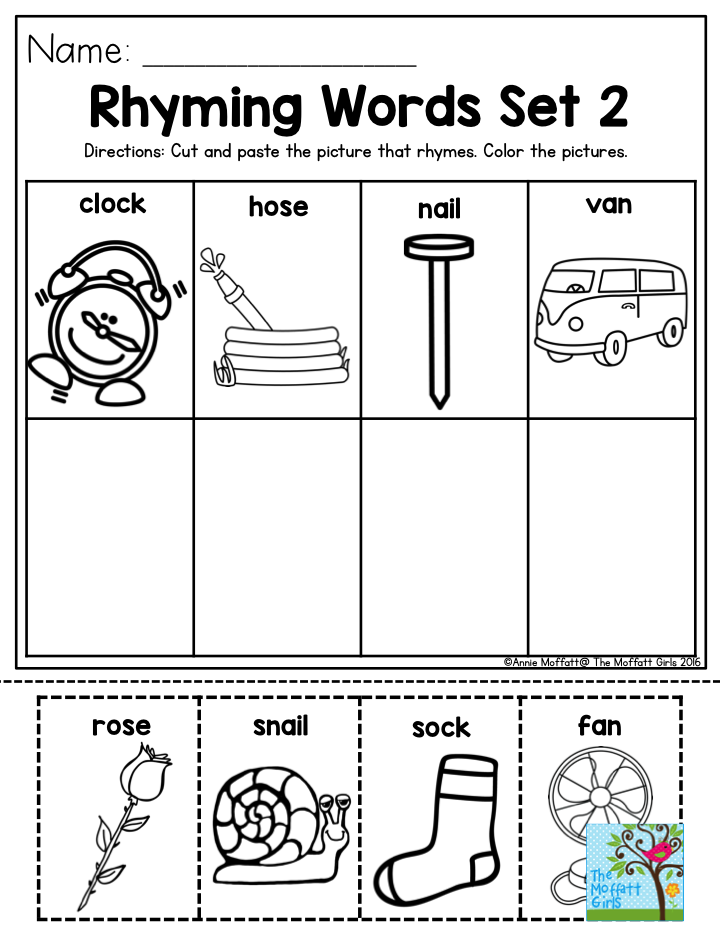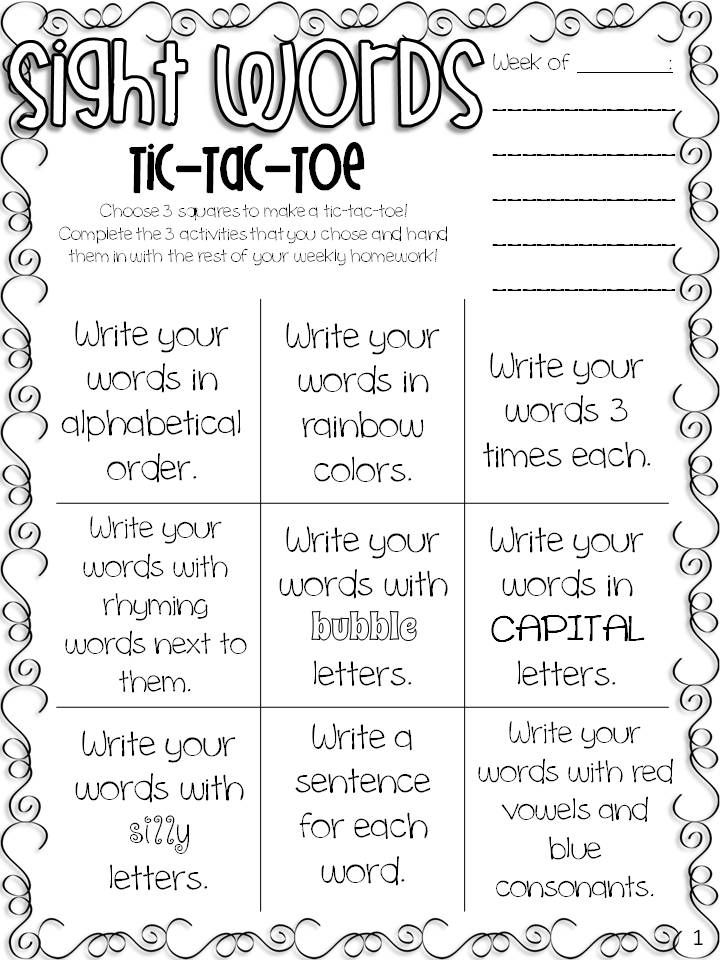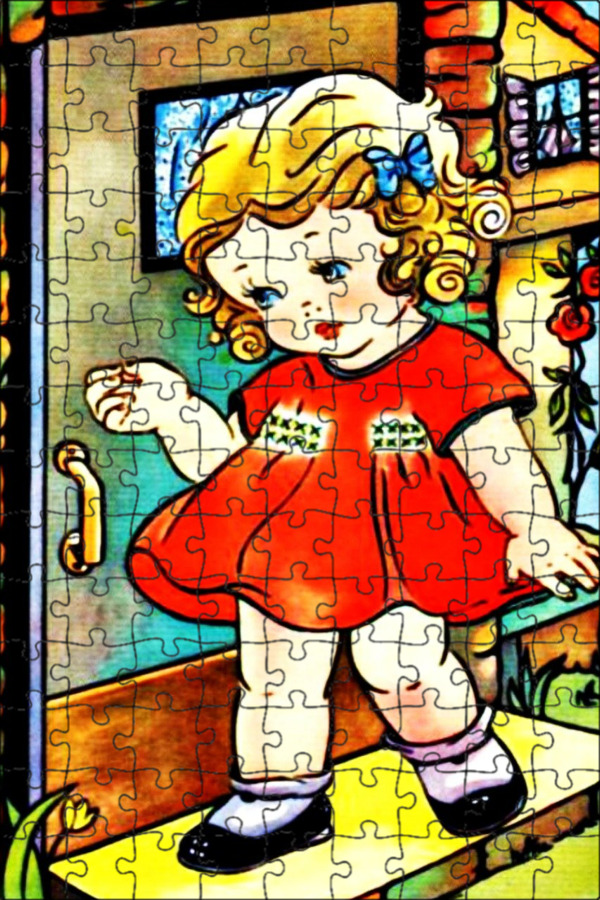Ing words kindergarten
Memorable Writing Lessons
What a grand time I have sharing multisensory and joyful writing-to-read lessons in local classrooms! An invitation a couple of years ago to write a song that teaches “i-n-g” was all I needed to create this sing, sign, and fingerspell song There’s an “ing” in King: i-n-g. I have now expanded the lesson, and here is how I present it to the children.
Watch me present this strategy
taken from Nellie Edge Online Seminar (NEOS) #3
Kindergarten friends, let’s learn how to sing and fingerspell our King of “ing” song so we always remember how to write “ing” as a sound on the end of words such as: “going” and “playing. ” Help me think of other words that end in “ing.” I am ____ing.
Glimpses of the King of “ing” lesson: What do happy engaged learners look like?
Lesson Plan Suggestions:
- Allow 30-35 minutes (preferably at the end of the day)
- Volunteers prepare crowns with attached bands or separate bands and crowns ahead of time
- Provide “ing” models at each table for any student needing visual support
- Provide plenty of quality marking pens at each work table
- Have transparent tape or staples available to attach crowns (you will need two adults helping fit crowns as kinders often finish about the same time)
- Provide “ing” handwriting models for large group handwriting lesson (see free printable downloads)
- Select the right Elephant and Piggie books for “ing” hunting (see recommended list). Attach a sticky note on one “ing” page, and give students more notes to attach under each “ing” word. How many can they find?
Suggested Sequence for King of “ing” Lesson
Take advantage of how the brain learns best: the brain creates multiple memory hooks through music, sign language, and emotionally engaging teaching.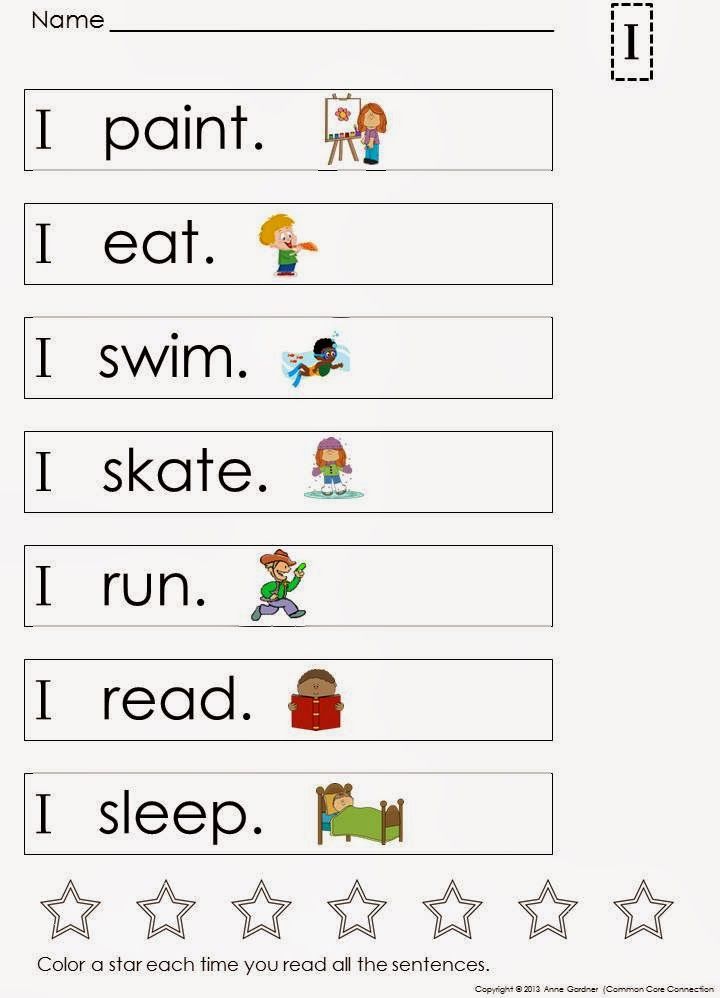
- First rehearse fingerspelling “i-n-g” repeatedly (This will be especially fun for the ABC Fingerspelling Experts in your kindergarten!)
- Present a short focused “ing” handwriting lesson on a white board to reinforce the new learning while listening to the song. (Handwriting lessons simultaneously build reading and writing skills!)
- Sing, sign, and fingerspell There’s an “ing” in King song repeatedly. Sing fast with the music as a model. Then sing slowly to teach the song. Return again to the memorable music.
- Invite children to use their detailed drawing skills to decorate crowns and write “ing” or King of “ing” on their crown. They can listen to the music and sing the There’s an “ing” in King song while they work. Have fun. Take pictures! Every crown will be unique.
- When children finish their crown they can hunt for “ing” words in Elephant and Piggie books by Mo Willems. (see list of best “ing” books)
- Children can also find “ing” words on the walls: Notice the Reading Is Fun poster.
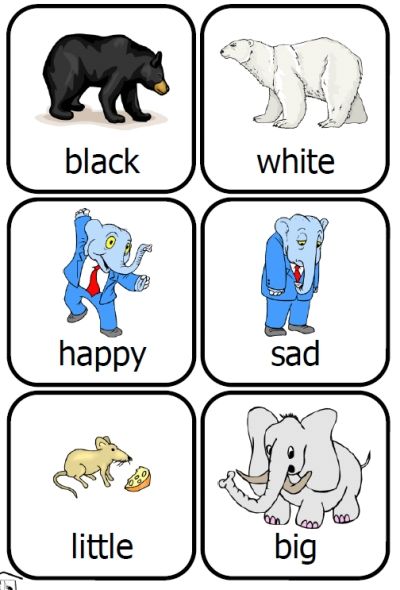
The transfer to writing is powerful once children have this song in their long-term memory!
- One class decided:
Let’s find 100 “ing” words: The 100th day of school is coming! (They actually found 106 “ing” words.)
Both less experienced writers and more proficient writers are proud to display their new skills during writing workshop.
This Is Always a Good Time for Another Short Focused Handwriting Lesson!
We simultaneously teach good handwriting motions with our high-frequency sight word lessons. (Learn more from Nellie Edge Online Seminars #2.)
Return to the Song Over and Over – All Week Long and Beyond
Literacy Connections
- Intentional teaching is often close coaching: Keep asking individual children, And how do you fingerspell ‘ing?’ (They will automatically say the letter names while fingerspelling.)
- And when someone says, I’m not the king, I’m the queen.
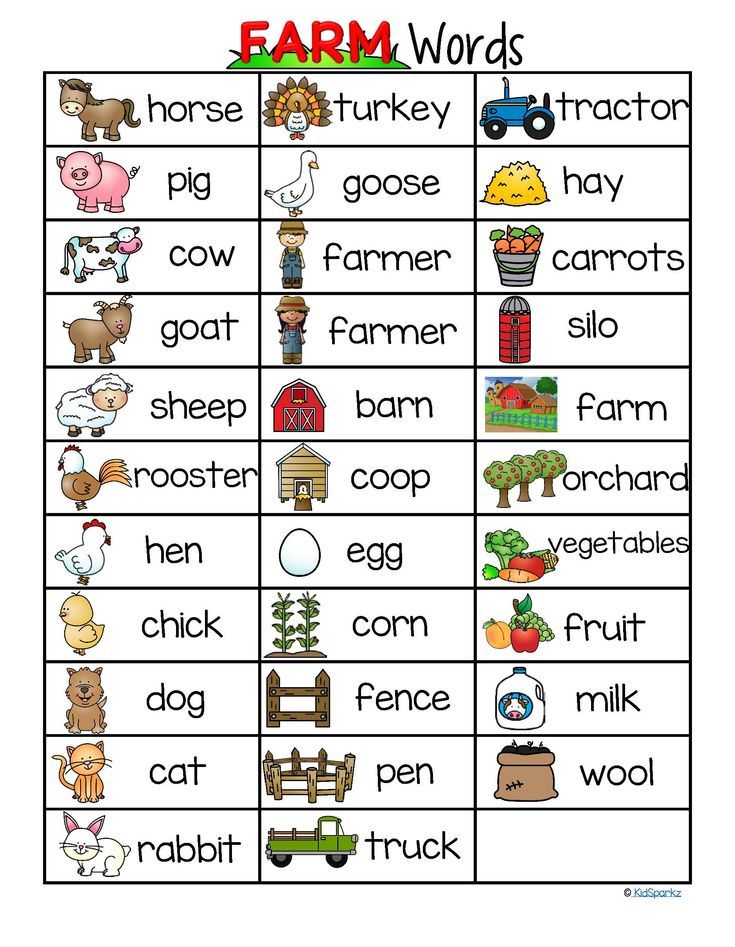 You can respond, Oh yes! You’re the queen of the ‘King of ing’!
You can respond, Oh yes! You’re the queen of the ‘King of ing’! - Enter into the playfulness and drama of royalty: when you tape the finished crown on each child’s head, graciously curtsey or bow down and say, I crown you King Joshua: the King of ing!
- You can always draw a person wearing a King of “ing” crown.
Our goal is to transfer new skills to the reading and writing process.
Now find “ing” Words in Elephant and Piggie books.
Some Elephant and Piggie books feature many “ing” words: Time permitting, students can share their book and “ing” word with the class.
One child decided: Mo Willems probably learned about the King of “ing” when he was in kindergarten.
- During Writing Workshop the children can yellow highlight or underline any “ing” word that they use. They are quite proud of their new writing skill and will quickly let everyone know “I remembered the King of “ing!”
- Challenge the children to fingerspell “ing” and think of “ing” words as a ticket to go out to recess: Give me a word that ends with “ing!”
- Present an interactive writing lesson and make an anchor chart.
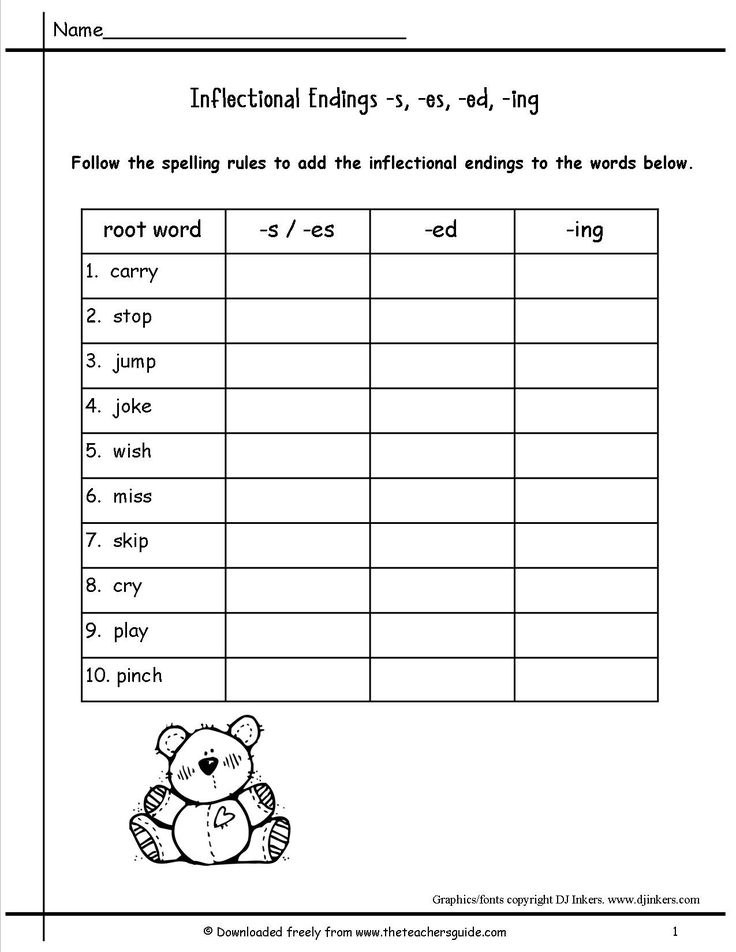
- Present a word family lesson with white erase boards: Write King, erase the “K,” and make the word sing. What letter do we need?
Each year the King of “ing” Lessons Inspires New Literacy Connections: Long Lists of Words, Class Books, and Powerful Memory Hooks. Forever!
This class book featured photos of the children “doing” kindergarten activities.
Build Vocabulary and Intentionally Create a Growth Mindset with Carefully Chosen Words- Why are you learning the King of “ing”?
- Wow! How did you teach your brain to remember “ing”?
- I crown you King of “ing”…I curtsey in honor of your royal majesty.
- You focused and carefully wrote “ing” with good handwriting—it’s so easy to read your work.
- Look at your crown! You really fancied it up: that is what kindergarten artists do!
- Every crown is uniquely different.
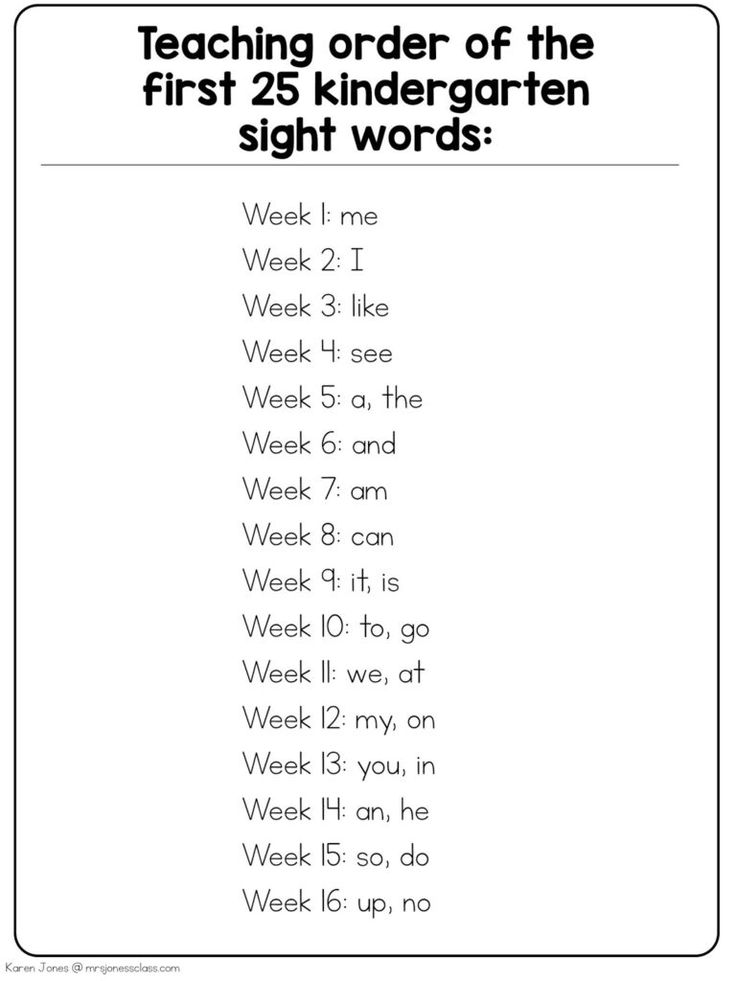 Tell me about how you designed your crown. What shapes did you use?
Tell me about how you designed your crown. What shapes did you use? - I bet you can go home and think of more “ing” words to add to our list.
- Now you’ll always know how to write “ing”!
We Make Learning Visible by Giving Children Crystal Clear Learning Targets
Children deserve to know what the learning target is and how it will help them as a writer. This new learning immediately transfers to writing workshop for young writers, and writing teaches reading! (See introduction to lesson at the beginning of this blog.)
- Give students their own copies of the “I Can Read” Anthology Page: There’s an “ing” in King.
- Peruse NellieEdge.com Sight Word page for more video clips of memorable sight word practices.
This playful strategy is documented in Nellie Edge Online Seminar (NEOS) #3: Best Ways to Teach Sight Words.
The entire Sing, Sign, Spell, and Read! program is included as a FREE download, and incorporates fingerspelling strategies from NEOS #1 and handwriting from NEOS #2.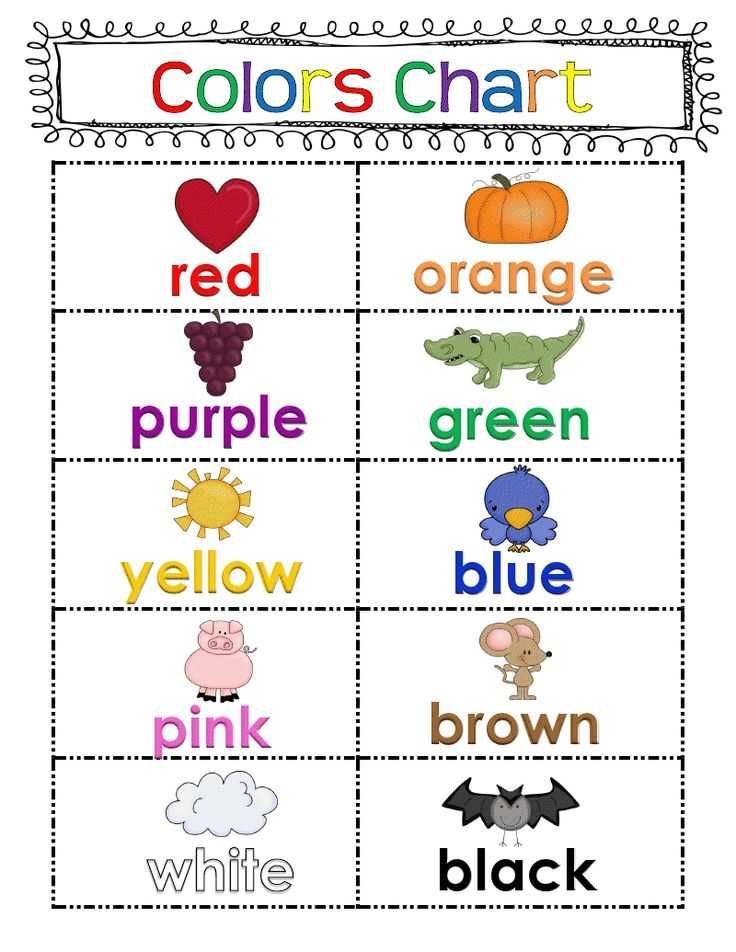
This year’s King of “ing” crowns were as detailed and well-loved as last year’s. Once again, the children simply did not want to take them off. The literacy skills that wrap their arm around this time of pure serendipity were memorable and filled with SMILES…
What Did We Learn?
- Nothing lights up the brain like playing, singing, and signing. We need to infuse our literacy lessons with music, multisensory teaching, and playfulness.
- Multisensory teaching through music and sign language creates powerful memory hooks.
- Handwriting is best practiced in a meaningful context with real words and literacy events (not as isolated drill).
- Phonics lessons with word families can be playful. (Some sounds are hard to hear and you need to remember them “by heart.”).
- Kindergartners always love making crowns!
- Writing teaches reading.
- Intentional teaching is often close individual coaching: And how do you spell and fingerspell “ing?”
- Best practices in kindergarten writing address multiple skills and differentiate learning through lessons rich in the arts!
ELA Kindergarten Common Core State Standards
Print Concepts
RF.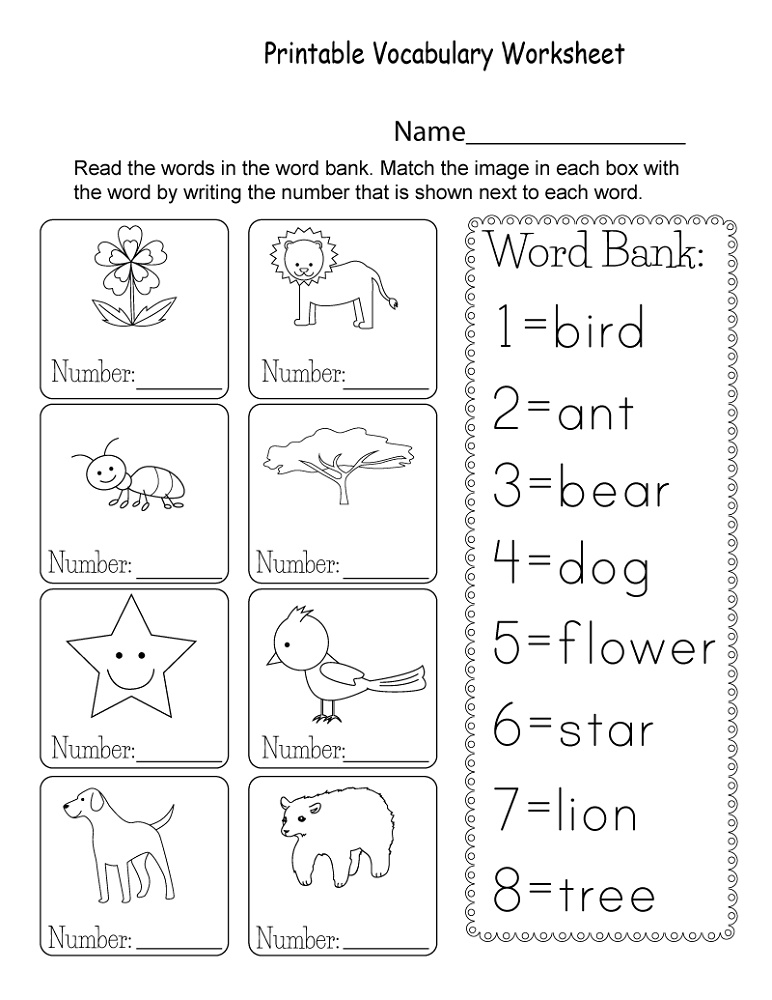 K.1. Demonstrate understanding of the organization and basic features of print.
K.1. Demonstrate understanding of the organization and basic features of print.
- Follow words from left to right, top to bottom, and page by page.
Phonological Awareness
RF.K.2 Demonstrate understanding of spoken words, syllables, and sounds (phonemes).
- Recognize and produce rhyming words.
Phonics and Word Recognition
RF.K.3 Know and apply grade-level phonics and word analysis skills in decoding words.
Conventions of Standard English
L.K.1. Demonstrate command of the conventions of standard English grammar and usage when writing or speaking.
- Print many upper- and lowercase letters.
Vocabulary Acquisition and Use
L.K.4. Determine or clarify the meaning of unknown and multiple-meaning words and phrases based on kindergarten reading and content.
Presentation of Knowledge and Ideas
SL.K.5. Add drawings or other visual displays to descriptions as desired to provide additional detail.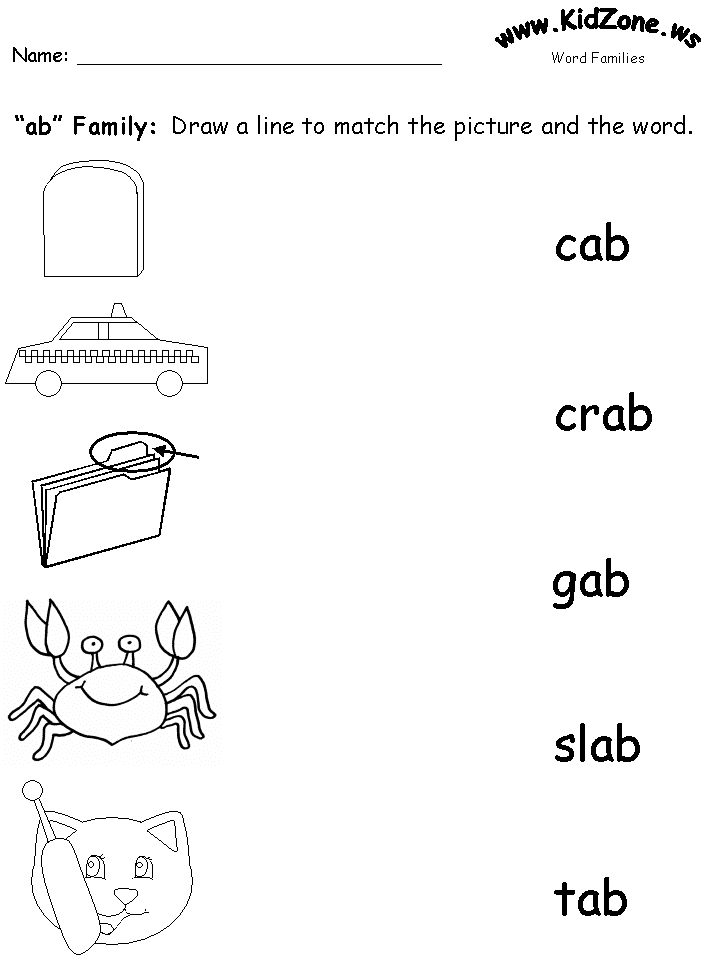
SL.K.6. Speak audibly and express thoughts, feelings, and ideas clearly.
Resources
FREE Resources compliments of Nellie Edge Writing Seminars:
For additional resources visit our TpT Store
Follow us on Pinterest!
YouTube video: King of “ing” from Nellie Edge Online Seminar #3
Stay Connected with us on Facebook.
Receive Our Weekly Focus Kindergarten Blog
High-Impact Strategies to Inspire Your Practice. Free Downloads!
Join Now
See Weekly Focus archive
How to Teach Present Progressive “-ing” – Speech And Language Kids
Skip to contentThe present progressive “-ing” grammatical marker is the one we tack on the end of a verb to say that the action is currently happening.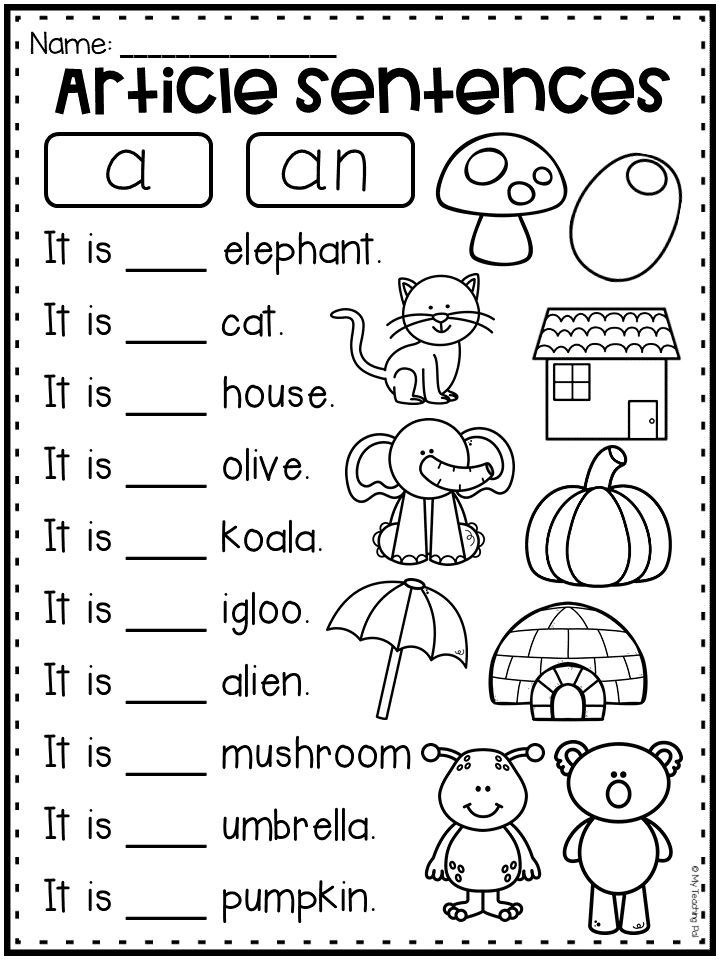 For example, we might say “he is running” or “she is flying”. When a child does not use the “-ing” ending on present progressive verbs, it can be hard for the listener to determine the exact meaning of the sentence and can make the child’s speech sound telegraphic or choppy.
For example, we might say “he is running” or “she is flying”. When a child does not use the “-ing” ending on present progressive verbs, it can be hard for the listener to determine the exact meaning of the sentence and can make the child’s speech sound telegraphic or choppy.
First we need to teach your child to include the “-ing” on simple verbs. You will need a set of pictures of children or adults performing different actions. You can make your own by finding pictures online and printing them out or you can download mine for free:
Show your child one picture and say “what is she doing?” Your child should already know the name of the action that the person is doing. If not, go back and teach those first. Your child will probably say the action word without using the “-ing” on the end. For example, if you say “what is she doing?”, your child may say “sit”. Repeat the word back to your child but add the “- ing” to the end. You can say “Sitting. She is sitting.” Then, have your child repeat “sitting” back to you.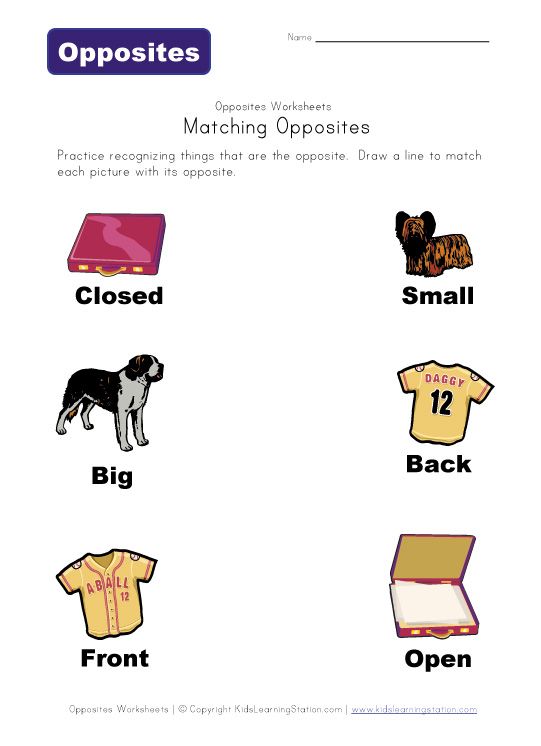 Do the same thing for each picture. Model the correct “-ing” form of the verb for each one. As you continue to do this, your child should begin to include the “-ing” on some of them by herself. Once she can label the cards using an “-ing” ending, start asking her the same question about other pictures or real people. If you see someone at the park, ask your child “what is she doing?” and help her respond with the correct “-ing” on the end. The more places you can do this with your child, the quicker she will learn to use it and generalize it to other settings.
Do the same thing for each picture. Model the correct “-ing” form of the verb for each one. As you continue to do this, your child should begin to include the “-ing” on some of them by herself. Once she can label the cards using an “-ing” ending, start asking her the same question about other pictures or real people. If you see someone at the park, ask your child “what is she doing?” and help her respond with the correct “-ing” on the end. The more places you can do this with your child, the quicker she will learn to use it and generalize it to other settings.
Now that your child knows how to use the “-ing”, let’s bump it up to saying it in sentences. Get out the action pictures you used from step one again but this time prompt your child with “tell me about this picture”. The response we are looking for now is a full sentence about what the person in the picture is doing. The first several times you do this, you will need to tell him the answer and let him repeat it back to you.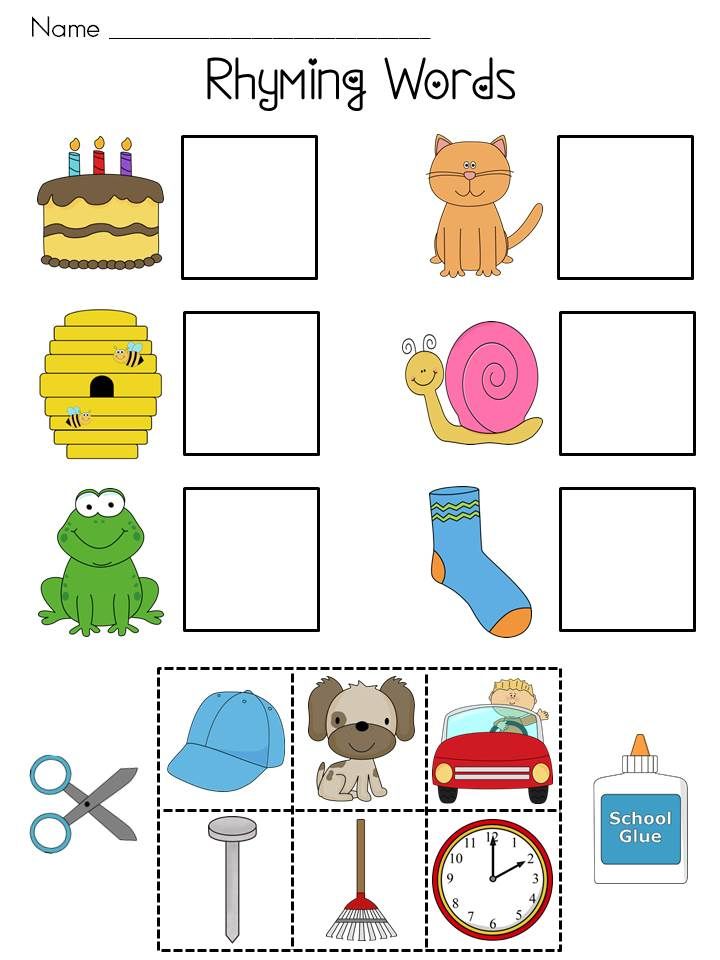 He will be used to saying just the single word and it will take some practice to get the whole sentence out. If you know the name of the character or person in the picture, you can say her name when you describe what she’s doing, such as “Dora is jumping”. If not, you can say “he” or “she”.
He will be used to saying just the single word and it will take some practice to get the whole sentence out. If you know the name of the character or person in the picture, you can say her name when you describe what she’s doing, such as “Dora is jumping”. If not, you can say “he” or “she”.
If your child is having trouble with “he” and “she”, now would be a great time to work on those as well. Just make sure you don’t lose sight of whether your child is using the “- ing” on the verb. After having your child repeat the answer back to you several times, try asking him one and see if he will give you the whole sentence on his own. If he just tells you the name of the action again, you can prompt him by saying “use all of your words” and then get him started by saying “he…” and let him finish. Eventually, he should be able to create these sentences all on his own.
Your child is moving right along! Time to start working on using that “-ing” in conversational speech. Start listening to your child’s conversational speech and see if she’s using that great “-ing” yet.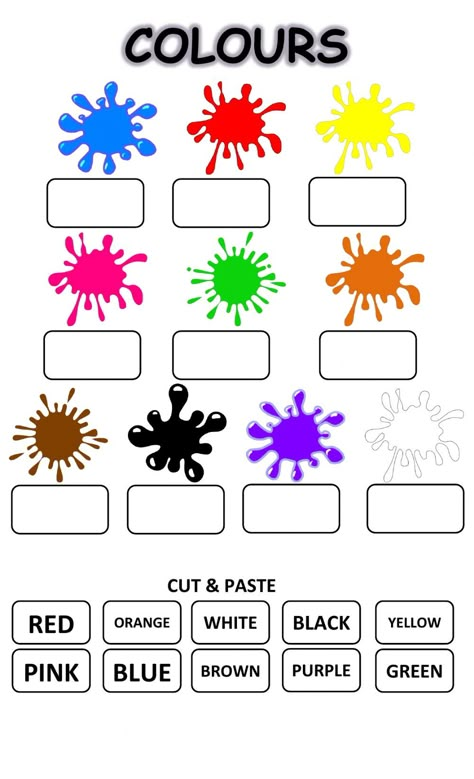 If she is already using it just from practicing those sentences, then you’re good to go! Chances are though, she’ll need a little more help to get there. Start correcting those “-ing” verbs when you hear her use them incorrectly in conversational speech. Start by just correcting about 10% of the errors you hear. This will ease her into being corrected without overwhelming her. Then, slowly increase the percentage of time that you correct her. As you increase the frequency of your corrections, she should also begin doing more on her own. By the time you’re correcting 80-90% of the errors you hear, she shouldn’t be making many errors anymore so you’re still only correcting her every once in a while. Keep doing this until your child is able to use the present progressive “-ing” in conversational speech about 80% of the time. After that, you can just monitor to make sure she doesn’t start forgetting again. If she does, get out some of these activities to practice as a refresher. Modification: If your child is having trouble with this, go back and practice using the “-ing” in pictures again every once in a while but still keep correcting her in conversational speech.
If she is already using it just from practicing those sentences, then you’re good to go! Chances are though, she’ll need a little more help to get there. Start correcting those “-ing” verbs when you hear her use them incorrectly in conversational speech. Start by just correcting about 10% of the errors you hear. This will ease her into being corrected without overwhelming her. Then, slowly increase the percentage of time that you correct her. As you increase the frequency of your corrections, she should also begin doing more on her own. By the time you’re correcting 80-90% of the errors you hear, she shouldn’t be making many errors anymore so you’re still only correcting her every once in a while. Keep doing this until your child is able to use the present progressive “-ing” in conversational speech about 80% of the time. After that, you can just monitor to make sure she doesn’t start forgetting again. If she does, get out some of these activities to practice as a refresher. Modification: If your child is having trouble with this, go back and practice using the “-ing” in pictures again every once in a while but still keep correcting her in conversational speech.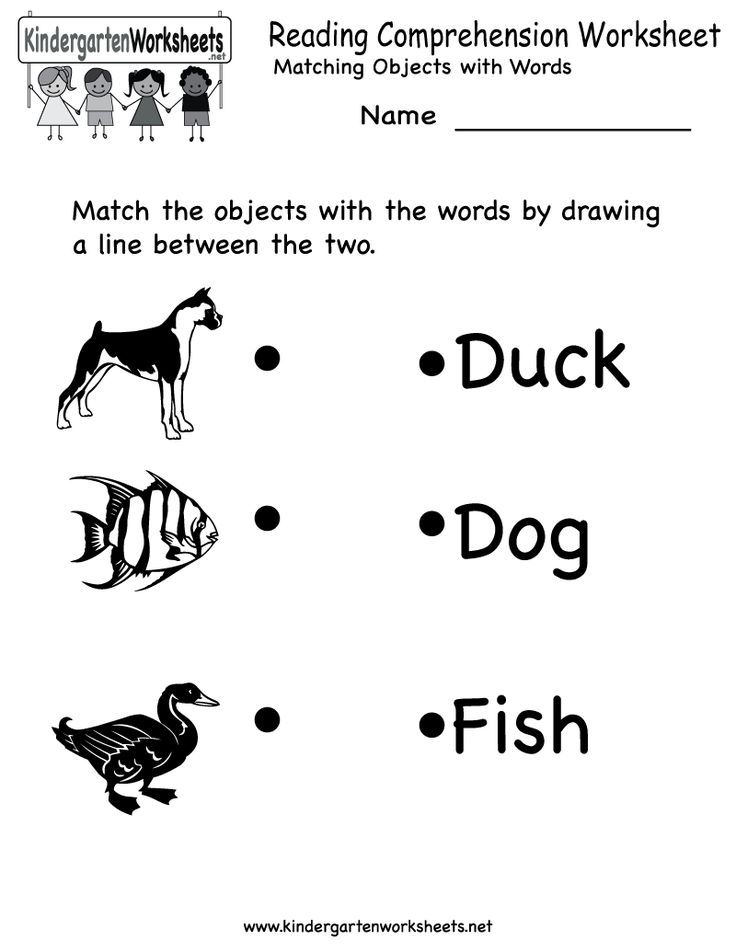 This may give her the extra boost she needs to remember to do it more often. Use a variety of books and other media to give her plenty of different type of practice on this skill.
This may give her the extra boost she needs to remember to do it more often. Use a variety of books and other media to give her plenty of different type of practice on this skill.
Free Therapy Materials for Teaching Grammar:
Check out the freebies that we have inside our Free Therapy Material Library!
Verb Flashcards
Sock Puppet Cut Outs, Instructions, and Grammar Activities
He/She File Folder Game
Paid Therapy Materials for Language Skills:Ready to dive deeper? If you need more in-depth support in helping a child with language problems, check out our paid resource below:
The Speech and Language Therapy Guide eBook
$59.99
Learn More
SLPCarrie2022-05-31T11:26:13-05:00Toggle Sliding Bar Area
Page load link Go to TopMBDOU Kindergarten No.
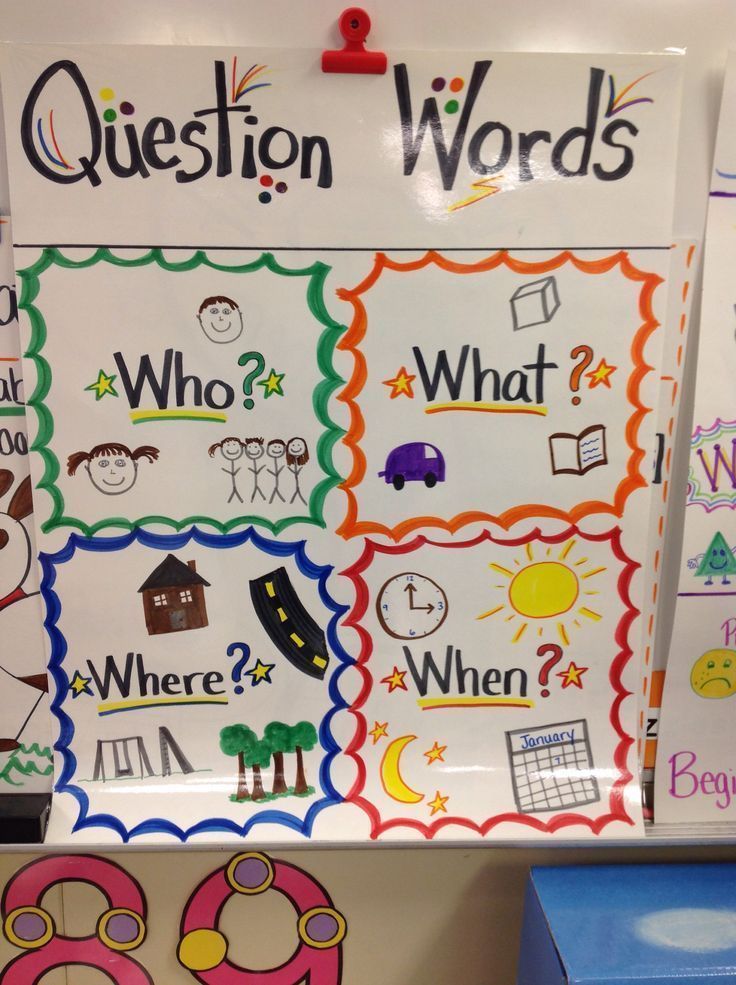 20 "Luchik"
20 "Luchik" We bring to your attention a leaflet on the rights of families raising children with autism 09.08.2022
Project “Lower 800: celebrating together!” 09/15/2021
Children's Road Safety Week "Summer is a small life!" 08/06/2021
All-Russian competition "Exemplary kindergarten 2020-2021" 04/12/2021
ROAD SAFETY WEEK 23.03.2021
ADDITIONAL EDUCATION NAVIGATOR 03/05/2021
SLIDE SAFETY 02/18/2021
PROMOTION "CAR SEAT FOR CHILDREN!" 02/18/2021
Project "Beloved Nizhny - the beginning of all roads" 02/16/2021
Copy Project "Beloved Nizhny - the beginning of all roads" 02/16/2021
"CONGRATULATIONS TO OUR TEACHERS" 02/15/2021
Competition "History of ordinary things"-2021 02/15/2021
INSTALLATION "LOWER CODE" 01/26/2021
Survey on the quality of the conditions for the provision of services in preschool educational institutions 01. 12.2020
12.2020
MONTH "LIGHT" 29.10.2020
Overview of the mug "Mulstudiya" 09/23/2020
City Day of united action in preschool 07.09.2020
Online activities of children's children's theater in the Nizhny Novgorod region 09.06.2020
Portal "Navigator of additional education for children in the Nizhny Novgorod region" 05/29/2020
Parent meeting "Organization of the work of preschool educational institutions during the introduction of the high alert mode" 05/29/2020
Opening of a duty group on the basis of MBDOU "Kindergarten No.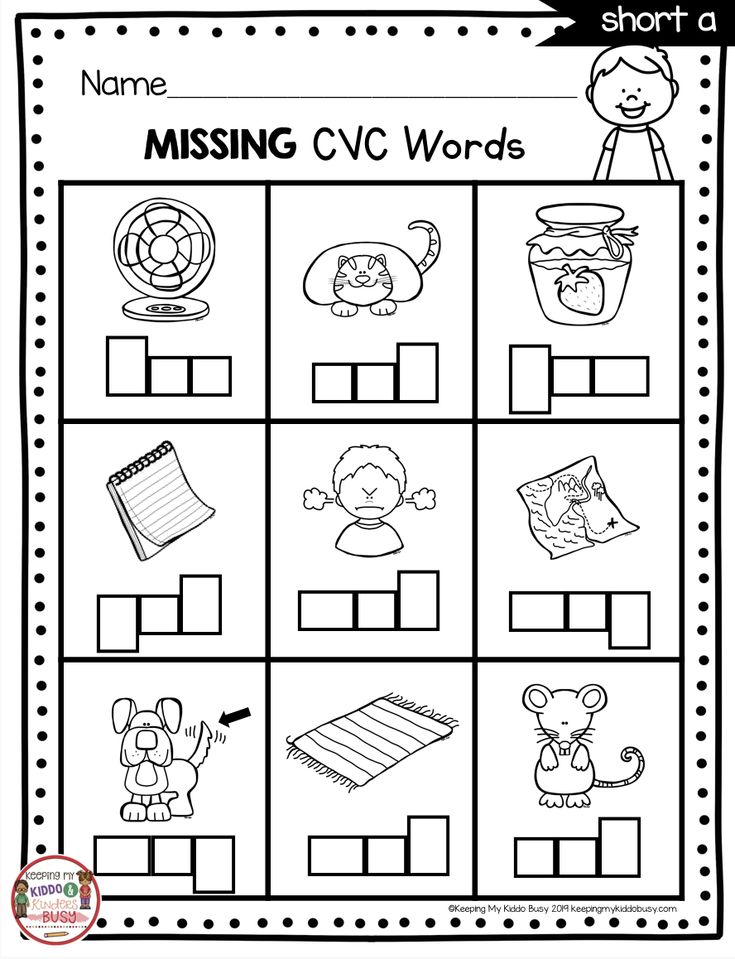 20" 05/18/2020
20" 05/18/2020
Reception of citizens 04/06/2020
Self-isolation mode 03/31/2020
Working hours of preschool educational institution from 30.03.2020 to 04/03/2020, from 04/06/2020 to 30.04.2020 03/28/2020
Prevention of coronavirus infection 03/18/2020
Nizhny Novgorod - the city of labor prowess 03/16/2020
European Immunization Week 2019 04/22/2019
Prevention of influenza and SARS 15. 02.2019
02.2019
Attention! Action "Car seat for children!" 01/08/2019
Your safety in railway transport 05.10.2018
The first parent meetings were held in preschool 09/15/2018
Knowledge Day was held in kindergarten 09/15/2018
August 22 Day of the State Flag of the Russian Federation 08/23/2018
Volga river belt 06/06/2018
June 1 - Children's Day 05/29/2018
European Immunization Week 2018 04/26/2018
Parent meetings were held with the participation of the OND and PR inspector for the city of Nizhny Novgorod 04/18/2018
Children's Right to Free Drugs Leaflet 04/05/2018
All-Russian review - competition "Exemplary kindergarten" 03/28/2018
Winners of the district competition "We celebrate spring with the whole family" 03/14/2018
Influenza and SARS hotline 01/29/2018
District competition "History of ordinary things" 01/23/2018
The results of an independent assessment of the quality of education MBDOU "Kindergarten No.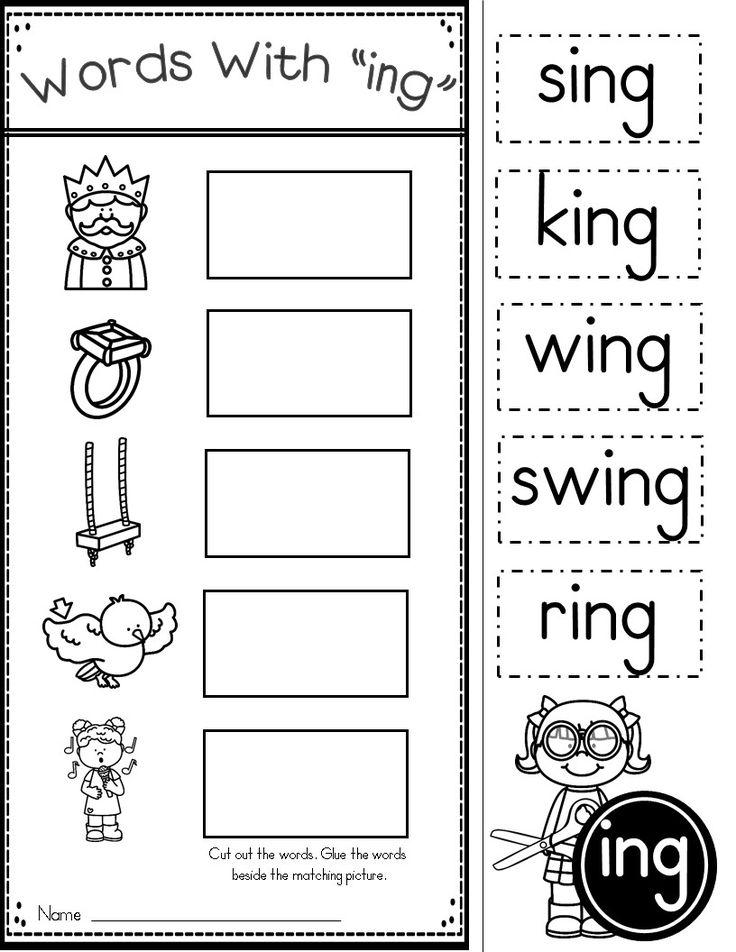 20" 11/21/2017
20" 11/21/2017
October 27, 2017 we met guests from the Voronezh region 04.11.2017
Kindergarten hosted an open day 04.11.2017
Single portal of public services 10/17/2017
October 18, 2017 Open Day 10/16/2017
Meeting of managers on the topic "Implementation of the requirements of the Federal State Educational Standard for Education in equipping a developing environment" 09/23/2017
Parent meetings were held in preschool 09/23/2017
Pedagogical conference 09/23/2017
Attention! Enteroviral infection 08/30/2017
European Immunization Week 2017 04/17/2017
Festival - competition of children's choreography "Lighter" 03/16/2017
Parents' meetings were held in the preschool educational institution with the participation of the traffic police inspector 01.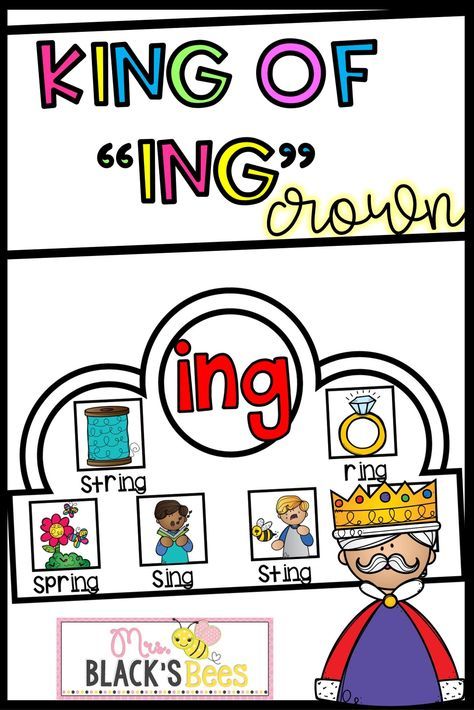 10.2016
10.2016
Attention! Changes in the Regulations on the procedure for the collection and use of parental fees in municipal preschool educational organizations of the city of Nizhny Novgorod 27.09.2016
German students are visiting us. 08/30/2016
ATTENTION! Enteroviral infection! 08/29/2016
World Immunization Week 2016. 05/05/2016
Participants of the Dancesport Championship 2016 04/11/2016
Seminar-meeting on the topic "Modern variable models of preschool education" 04/04/2016
Kaleidoscope of methodological ideas 2015 06.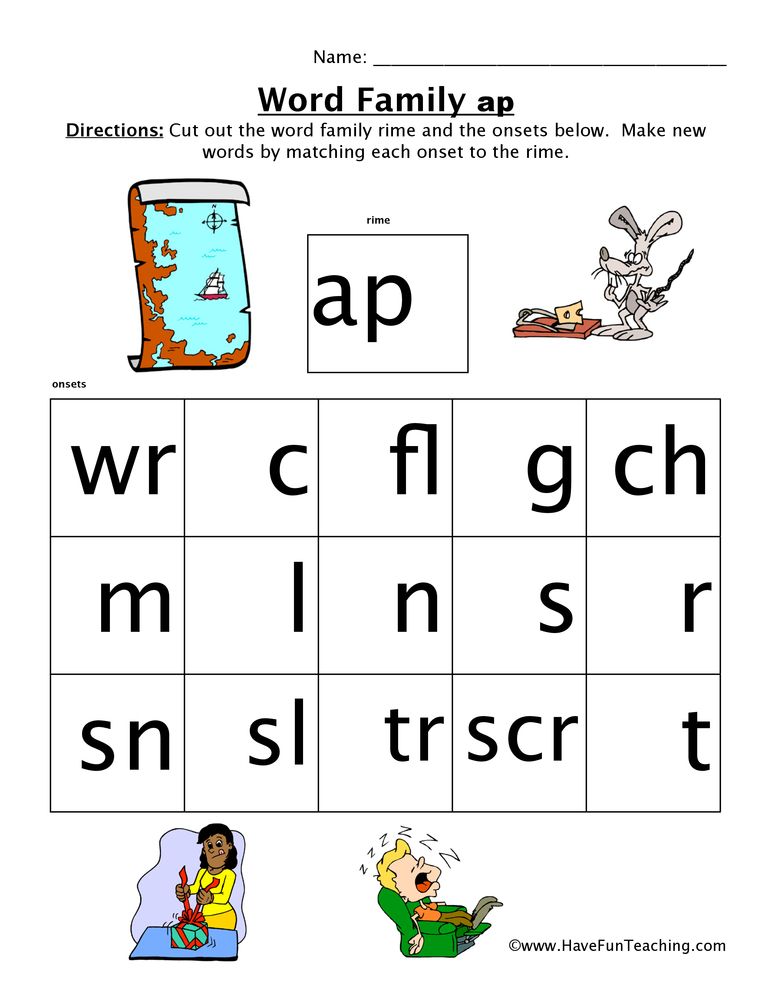 12.2015
12.2015
Participation in the Diocesan Pedagogical Conference November 10, 2015 06.12.2015
Participation in the Diocesan Pedagogical Conference November 10, 2015 11/10/2015
Pedagogical conference 2015 03.10.2015
Teacher's Day 03.10.2015
Winners of the national project among preschool educational institutions 2015 02.10.2015
ATTENTION! Circles and sections for children aged 2 to 7 years! 08/24/2015
Best preschool educational institution - 2015 21.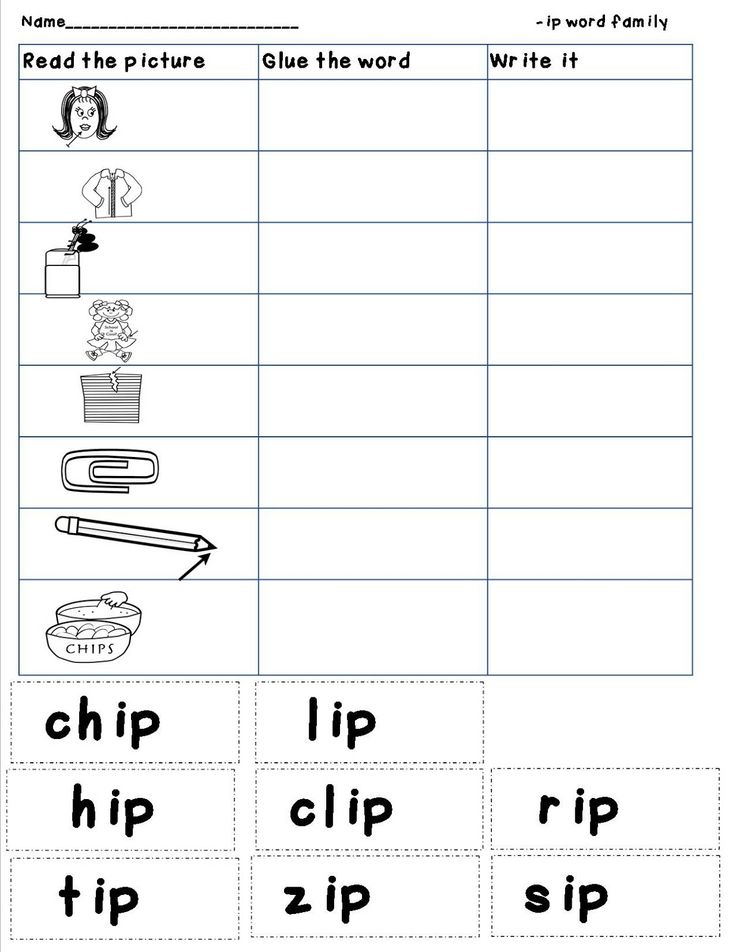 08.2015
08.2015
Questionnaire for parents 05/06/2015 Firm "1C" invites you to take an active part in the online survey.
Regional competition - quiz "The Great Patriotic War" 04/28/2015 April 28, 2015 on the basis of MBDOU No. 289the regional competition "The Great Patriotic War"
Choreographic competition "One victory for all" 04/27/2015 On April 23, 2015, the children of our preschool educational institution took part in the regional choreographic competition "Victory is one for all"
Efficient ECE 04/22/2015 During December 2014, our preschool institution passed the examination "Independent assessment of the quality of preschool education", which was conducted by SBEI DPO NIRO.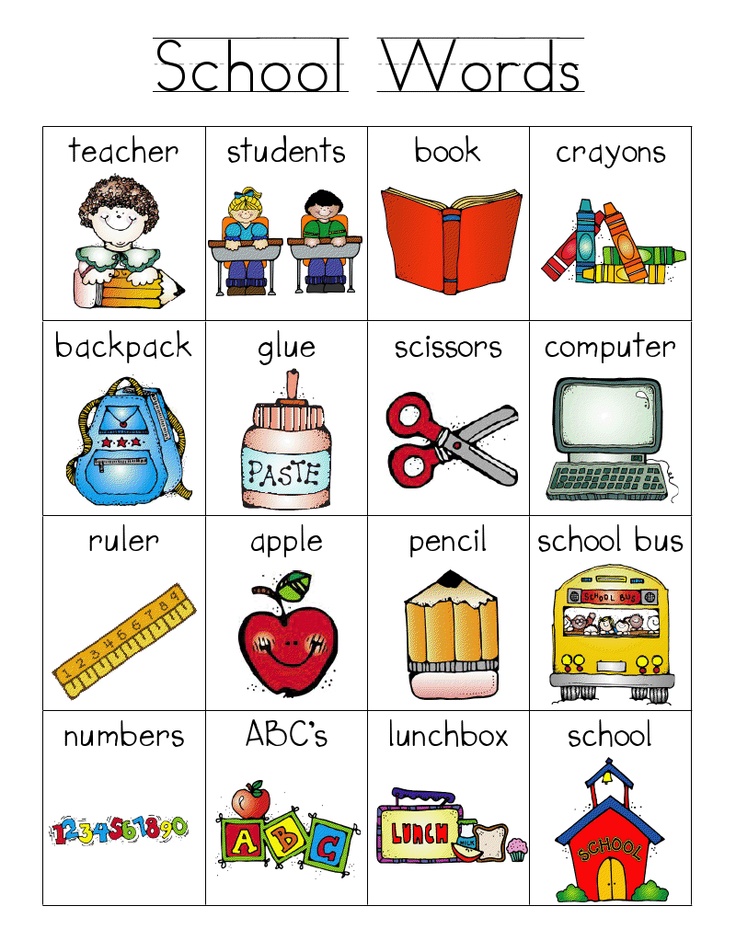
Participation in the literary competition "Non-Fictional Stories" 04/21/2015 The teacher-psychologist of MBDOU No. 20, Vlasova Natalya Vladimirovna, took an active part in the literary competition "Non-Fictional Stories"
Happy Easter 04/19/2015 April 14, 2015 in our kindergarten celebrated the holiday of Easter!
Charity event from "LUKOIL - Volganefteprodukt" 04/16/2015 A charity event from LUKOIL-Volganefteprodukt was held on the basis of our preschool educational institution
Seminar for heads of preschool educational institutions in the Nizhny Novgorod region 04/05/2015 April 3, 2015 on the basis of the preschool educational institution a seminar was held for the heads of the preschool educational institution of the Nizhny Novgorod region
Motherhood Week Project 04/04/2015 from 11/24/2014 to 11/28/2014 - a project called "Week of motherhood" was held in our kindergarten.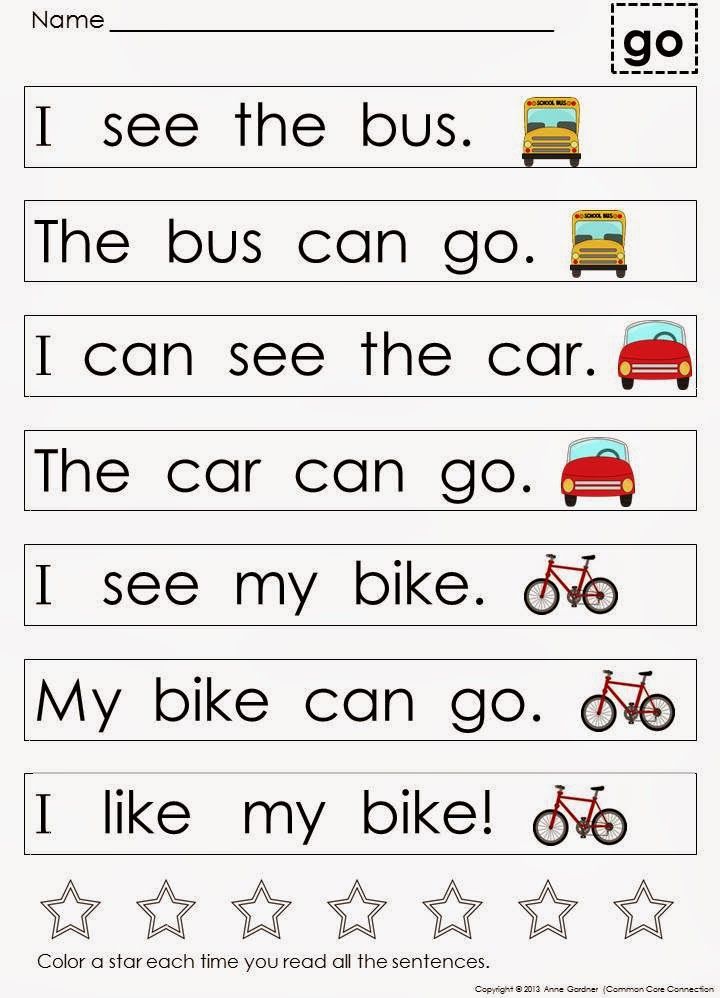
Final of the All-Russian competition in Moscow 03/22/2015 11/05/2014 - 11/09/2014 our preschool educational institution took part in the final of the 1st All-Russian review - competition of educational institutions
National project winner 2014 03/22/2015 On November 19, 2014, the solemn awarding ceremony for preschool teachers took place. One of the "Best Educators" was the teacher of our preschool institution - Kirbeneva Svetlana Valerievna
Work with NPC students 03/22/2015 October 29, 2014 and 31.10.2014 on the basis of our preschool educational institution, a master class was organized and held for students of the Nizhny Novgorod Pedagogical College..... (read more)
Private Montessori Kindergarten in Nizhny Novgorod
We work in a large, comfortable private house with a landscaped area.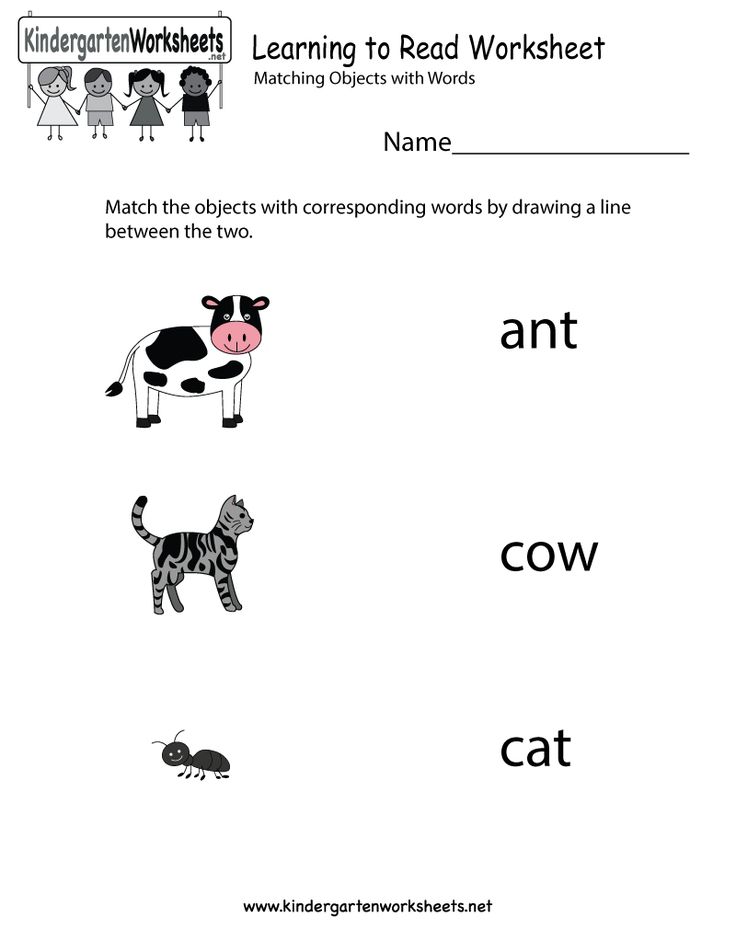 Montessori Kindergarten is equipped with modern furniture, toys and progressive learning equipment. Our private kindergarten differs greatly not in infrastructure, but also in an integrated approach to raising children.
Montessori Kindergarten is equipped with modern furniture, toys and progressive learning equipment. Our private kindergarten differs greatly not in infrastructure, but also in an integrated approach to raising children.
The main values for us are the development, health, good mood of our little pupils. Teachers find an individual approach to each kid and it does not matter how old the child is - 2 years or 12 years old. Our priority is to educate a free and responsible person.
Why are the pupils of our Montessori Kindergarten the happiest?
Montessori work. The teachers of our preschool institution have international Montessori diplomas and regularly attend specialized conferences.
A special developmental environment has been formed in the kindergarten, in which the child himself shows a craving for new knowledge. Children who study according to the method of early development work, conquer individual peaks, and cease to be afraid of failure.
Would you like to learn more about how the system works? Come to our private kindergarten any time.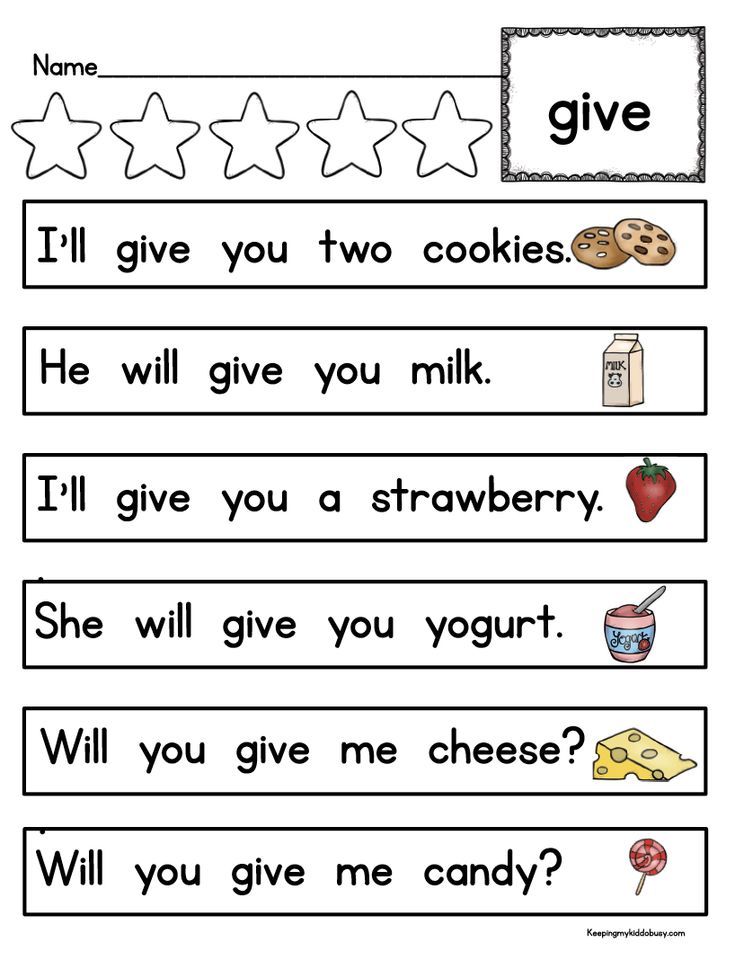 We will be happy to talk about Montessori, demonstrate special educational and game materials.
We will be happy to talk about Montessori, demonstrate special educational and game materials.
Bilingual. Pupils of the Montessori Center "Themselves with a mustache" do not cramming foreign words. Learning English happens in a natural way: during the game, positive communication, exciting developmental activities. We have created a unique learning environment in which English-speaking teachers work. Living in such an environment every day, children from the age of 1 year involuntarily memorize new words and phrases, learn to apply them in life.
Educational activities in a private kindergarten "Themselves with a mustache"
Creative activities. We give children complete freedom of creativity. Kids are happy to show their abilities in modeling, sand animation, ebru, drawing, appliqué, painting.
Additional lessons. If your child loves to dance, he will be able to attend choreography classes. For young athletes, we offer sambo, yoga and physiotherapy exercises (LFK) lessons.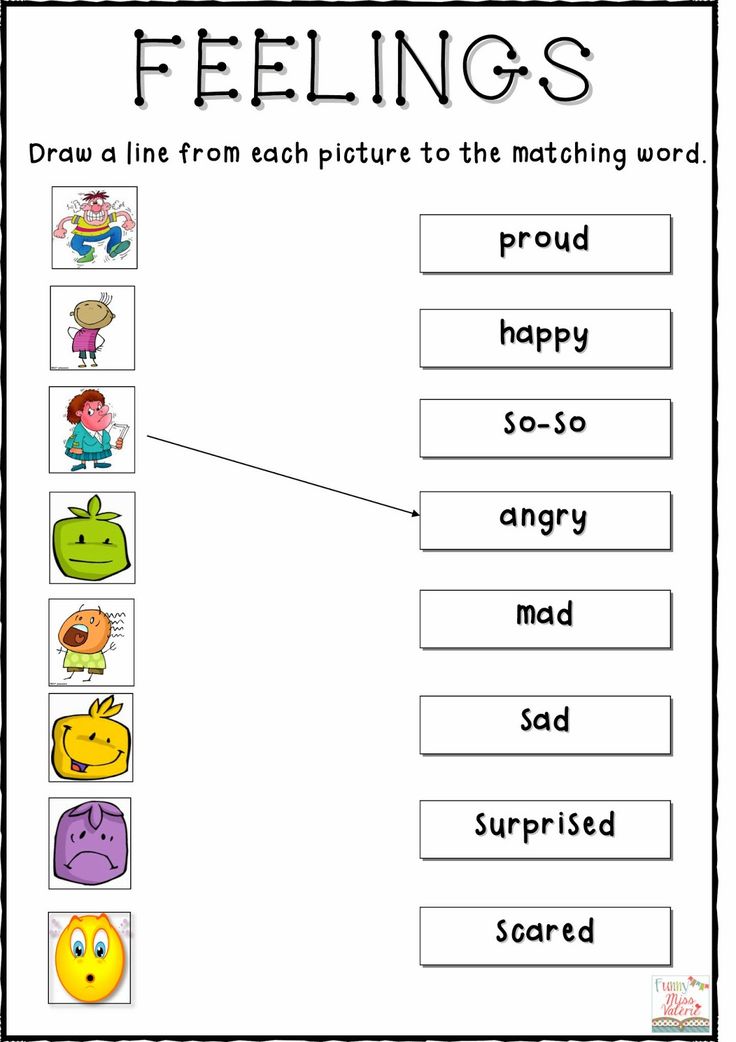 Special lessons are also provided for little musicians. Also, our private kindergarten conducts classes for children's yoga, acrobatics, rhythmic gymnastics.
Special lessons are also provided for little musicians. Also, our private kindergarten conducts classes for children's yoga, acrobatics, rhythmic gymnastics.
Various sections are very popular: Russian folklore club, culinary school, chess section, theater studio, Chinese language class. In the Montessori kindergarten, children learn to swim, take care of pets, and constantly attend exciting excursions. At the request of parents, a psychologist works with children.
Groups of the private kindergarten "Themselves with a mustache"
Pupils of all age groups study in our kindergarten according to the Montessori system. We offer various visiting modes: full day, half day, several hours.
- Junior group. The smallest children (0 - 3 years old) can attend early development classes. Toddlers who do not yet know how to walk confidently attend a Montessori kindergarten with their mothers. From about 1.5 years old, little fidgets can stay in kindergarten on their own.
